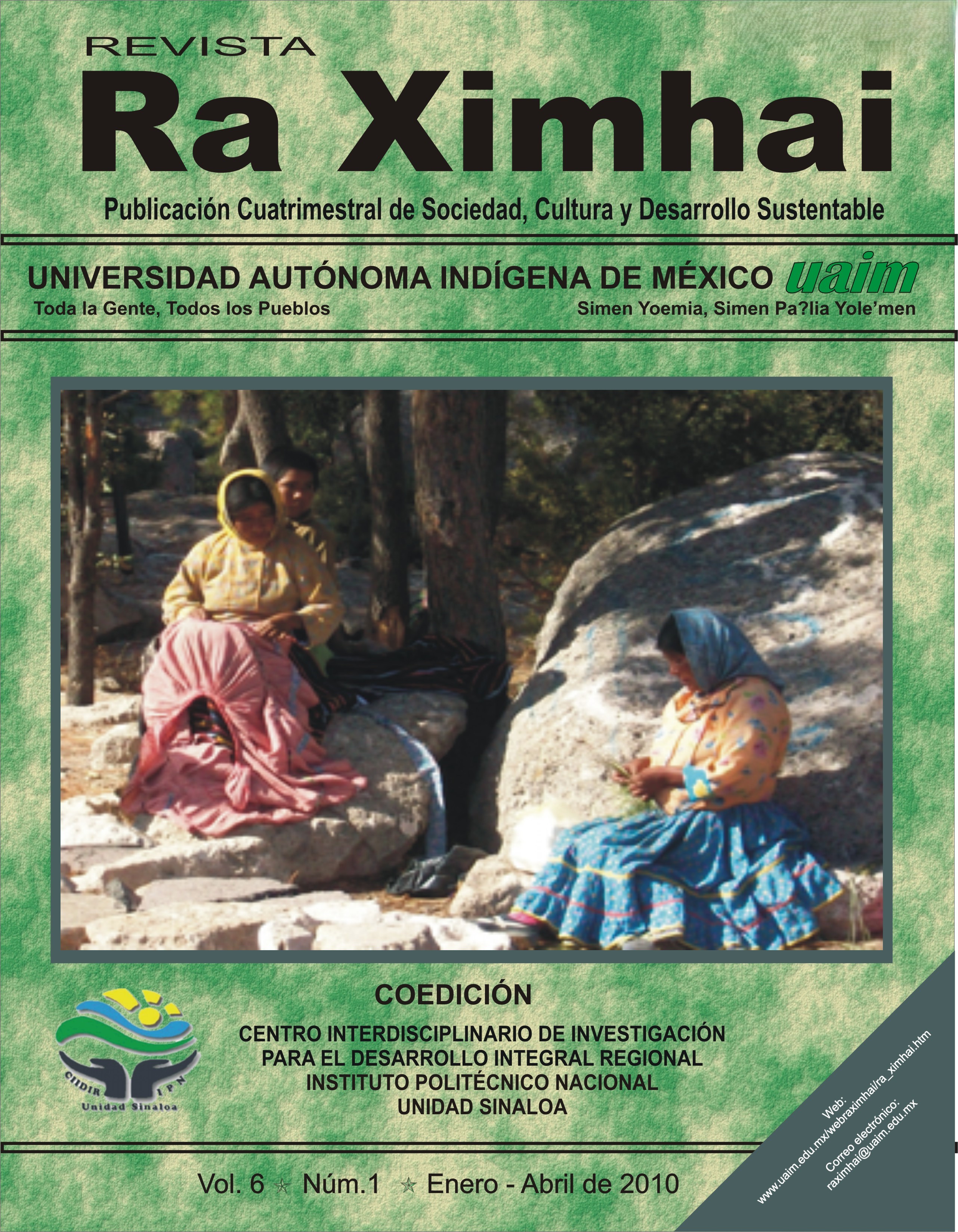Microbiological properties of mature composts produced from different organic matter
DOI:
https://doi.org/10.35197/rx.06.01.2010.13.jaKeywords:
compost, microbian biomass, respiration rateAbstract
Ten composts originating from different organic matter were studied: tomato (Lycopersium esculentum) (T), bean (Phaseoulus vulgaris) (F), chickpea (Cicer arietinum) (G), neem (Azadirachta indica) (N), garden grass mixture (Cynodon dactylon) (P), neem-chickpea (NG), bean-chickpea (GF), and a batch of a mixture of all the above (vol/vol) (R), vermicompost of vegetable remains (market waste) (LRV) and vermicompost of sugarcane filter cake (Saccharum officinarum) (LCC). The microbiological properties (total bacteria and fungi and chitin, cellulose and pectin degrading fungi) of the mature composts analyzed were determined, as well as their respiration rate measured as C-CO2 of the microbial biomass of the composts. The results indicate that the composts vary in their properties depending on the nature of the organic matter from which they originated. The viable count of microorganisms showed that the composts presented a greater abundance of bacteria than fungi, and that there was greater growth at acidic pH than at neutral pH, in addition to their effect as activators of soil microflora (P and R).
Downloads
References
Álvarez-Solís, J.D., R. Ferrera-Cerrato y J.D. Etchevers Barra. 2004. Actividad microbiana en tepetate con incorporación de residuos orgánicos. Agrociencia 34: 523-532.
Álvarez-Solís, J.D., y J. Anzuelo-Martínez. 2004. Actividad microbiana del suelo bajo diferentes sistemas de producción de maíz en los altos de Chiapas, México. Agrociencia. 38:13-22.
Biswas, K., Chattopadhyay I., Banerjee R.K. y Bandyopadhyay U. 2002. Biological activities and medicinal properties of neem (Azadirachta indica). Current science, 82:1336-1345.
Cooperband, L.R. 2000. Composting: art and science of organic waste conversion to a valuable soil resource. Lab. Med. 31(5): 283- 289.
Fernández-Zabala M. 2003. Evaluación agronómica de sustancias húmicas derivadas de humus de lombriz. Pontificia Universidad Católica de Chile Facultad de Agronomía e Ingeniería Forestal Departamento de Ciencias Vegetales. 52pp.
Hadar, Y., y Mandelbaum R. 1992. Suppressive compost for biocontrol of soilborne plant pathogens. Phytoparasitica 20: S113-S116.
Hoitink, H.A.J., Y. Inbar y M.J. Boehm. 1991. Status of compost amended-potting mixes naturally suppressive to soilborne diseases of floricultural crops. Plant Dis. 75: 869-873.
Hoitink, H.A.J., L.V. Madden y M.J. Boehm. 1996. Capitulo 11 de Principios y practicas de manejo de patógenos del suelo. Ed. American Phytopathologial Society. Pp. 237- 244
Jenkinson D. S. y D. S. Powlson. 1976. The effect of biocidal treatments on metabolism in soil. I. Fumigation with chloroform. Soil Biology and Biochemistry, 8:167-177
Martino, E., B. Franco, G. Piccoli, V. Stocchi y S. Perotto. 2002. Influence of zinc ions on protein secretion in a heavy metal tolerant strain of the ericoid mycorrhizal fungus Oidiodendron maius. Molecular and Cellular Biochemistry 231: 179-185.
Parkinson. 1986. Fungi. En: Klute, A. (Ed.). Methods of soil analysis. Second Edition. American Society of Agronomy, Inc. Madison, Wisconsin, USA.
Ruiz-Figueroa, J.F. 1996. Agricultura Orgánica: Una opción sustentable para el agro mexicano. Universidad Autónoma de Chapingo. 1era. Edición. pp. 111-117.
SAS Sistem for Windows. 2002. By SAS Institute Inc., Cary, NC, USA.
Soto, G. y R. Muschler. 2001. Génesis, fundamentos y situación actual de la agricultura orgánica. Manejo integrado de plagas (Costa Rica) No. 62 pp. 101-105.
Sánchez-Monedero M.A., A. Roig, C. Martínez Pardo, J. Cegarra y C. Paredes. 1996. A microanalysis method for determining total organic carbon in extracts of humic substances. Relationships between total organic carbon and oxidable carbon. En: Bioresource Technology 57: 291-295pp.
Sikora, L.J., and D.E. Stott. 1996. Soil organic carbon and nitrogen. In: “Methods for assessing soil quality”, SSSA Special Publication 49, Soil Science Society of America, 677 S. Segoe Rd, Madison, WI 53711, USA, pp 157-167.
Singh, Y., B. Singh, y C.S. Khind. 1992. Nutrient transformations in soils amended with green manures. Advances in soil science. 20:258-265.
Tan K.H. 2000. Environmental Soil Science. Second Edition. Marcel Dekker, New York, NY.
Tan, K.H. 2003. Humic matter in soil and the environment, Principles and Controversies. Marcel Dekker, New York, NY. 408pp.
Zuberer. 1986. Bacteries. En: Klute, A. (Ed.). Methods of soil analysis. Second Edition. American Society of Agronomy, Inc. Madison, Wisconsin, USA.
Downloads
Published
How to Cite
Issue
Section
License
Copyright (c) 2010 Jaime Alberto Félix Herrán, Rosa Martínez Ruiz, Rosalinda Serrato Flores, Adolfo Dagoberto Armenta Bojorquez, Gerardo Rodríguez Quiroz, Hilda Susana Azpiroz Rivero, Víctor Olalde Portugal

This work is licensed under a Creative Commons Attribution-NonCommercial 4.0 International License.
Usted es libre de:
- Compartir — copiar y redistribuir el material en cualquier medio o formato
- Adaptar — remezclar, transformar y construir a partir del material
- La licenciante no puede revocar estas libertades en tanto usted siga los términos de la licencia
Bajo los siguientes términos:
- Atribución — Usted debe dar crédito de manera adecuada , brindar un enlace a la licencia, e indicar si se han realizado cambios . Puede hacerlo en cualquier forma razonable, pero no de forma tal que sugiera que usted o su uso tienen el apoyo de la licenciante.
- NoComercial — Usted no puede hacer uso del material con propósitos comerciales .
- No hay restricciones adicionales — No puede aplicar términos legales ni medidas tecnológicas que restrinjan legalmente a otras a hacer cualquier uso permitido por la licencia.








